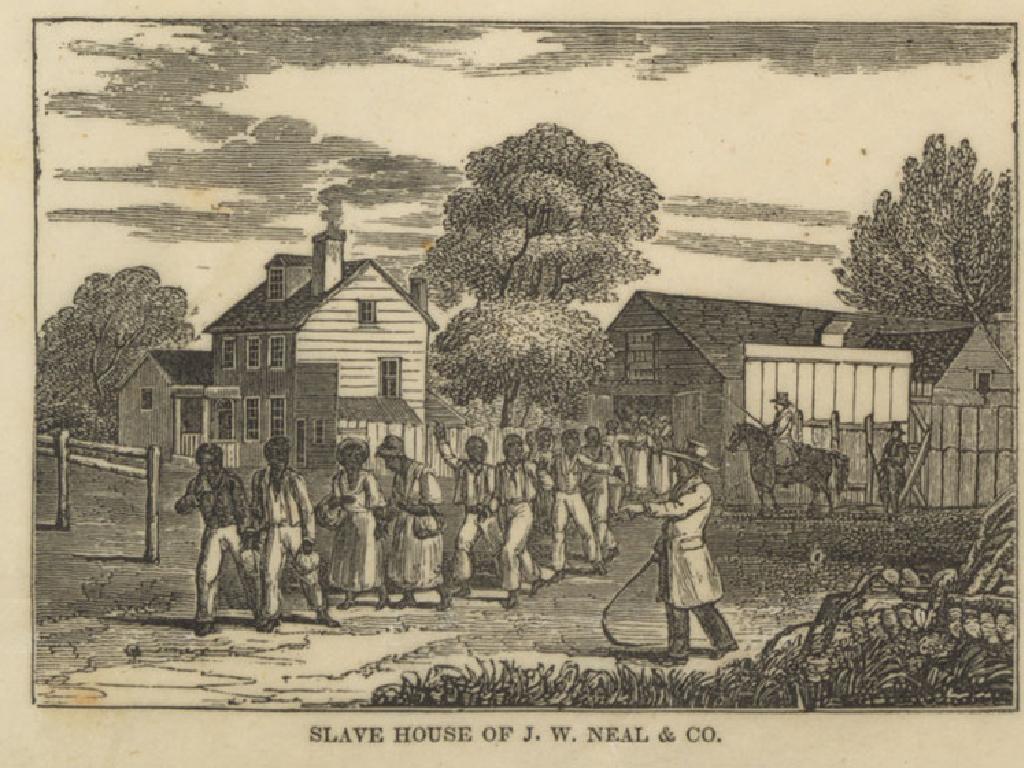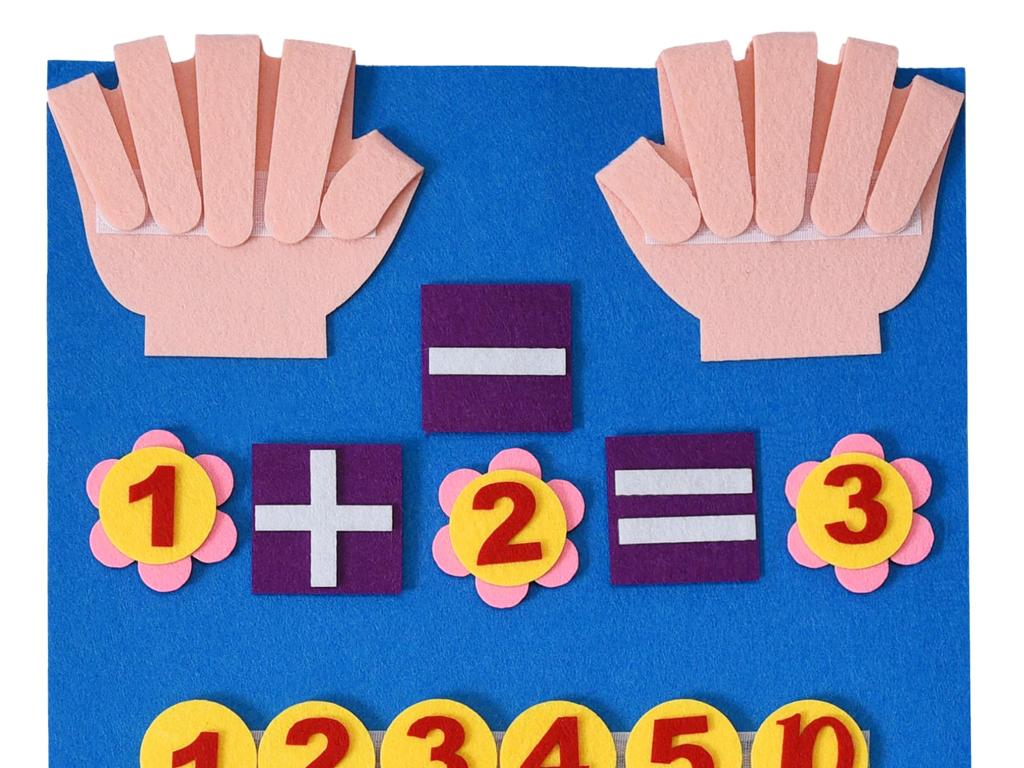Find Missing Angles In Quadrilaterals I
Subject: Math
Grade: Seventh grade
Topic: Two-Dimensional Figures
Please LOG IN to download the presentation. Access is available to registered users only.
View More Content
Exploring Quadrilaterals
– Define quadrilaterals
– A four-sided polygon with four angles
– Properties of quadrilaterals
– Sum of angles equals 360 degrees
– Types: Rectangle, Square, Parallelogram
– Rectangles and squares have 4 right angles, parallelograms have opposite equal angles
– Types: Rhombus, Trapezoid
– Rhombuses have equal angles, trapezoids have only one pair of parallel sides
|
This slide introduces students to the basic concept of quadrilaterals, which are four-sided polygons, a key element in understanding two-dimensional figures. Emphasize that the sum of the internal angles in any quadrilateral is always 360 degrees. Discuss the specific properties of different types of quadrilaterals: rectangles and squares both have four right angles and parallelograms have opposite angles that are equal. Rhombuses are characterized by four equal sides with opposite equal angles, and trapezoids are defined by having only one pair of parallel sides. Encourage students to identify these shapes in their environment to better understand their properties and differences.
Angles in Quadrilaterals
– Quadrilaterals and their angles
– Sum of angles equals 360°
– Four angles add up to 360 degrees in any quadrilateral
– Finding known and unknown angles
– Use algebra to solve for missing angles
– Practical examples
– Apply this knowledge to real-life shapes like frames or tables
|
This slide introduces students to the concept of angles within quadrilaterals. Begin by explaining what a quadrilateral is and the types of angles they might encounter. Emphasize that the sum of the interior angles in any quadrilateral is always 360 degrees, a key fact they’ll use to solve problems. Teach them how to identify known angles and set up equations to find the unknown angles. Provide practical examples, such as finding the angle of a picture frame corner or a table, to illustrate the concept. Encourage students to practice with different quadrilaterals and to check their work by adding all angles to see if they sum to 360 degrees.
Finding Missing Angles in Quadrilaterals
– Use algebra for unknown angles
– Apply equations to determine the value of the unknown angle
– Example: 3 known angles in a quadrilateral
– If three angles are 90°, 60°, and 110°, find the fourth angle
– Practice Problem: Find the unknown angle
– Use the sum property of quadrilaterals (360°) to solve
|
This slide is aimed at teaching students how to find missing angles in quadrilaterals using algebraic methods. Start by explaining that the sum of angles in any quadrilateral is 360 degrees. Then, present an example where three angles are known, and one is missing. For instance, in a quadrilateral with angles of 90°, 60°, and 110°, students should set up an equation where the sum of these angles plus the unknown angle equals 360°. For the practice problem, provide students with a different set of three angles and ask them to calculate the missing angle using the same method. Encourage students to set up the equation themselves and solve for the unknown angle. This exercise will reinforce their understanding of angle properties in quadrilaterals and their skills in algebraic manipulation.
Real-life Application: Quadrilaterals Around Us
– Quadrilaterals in daily life
– Think windows, books, and tables
– Angles in construction & design
– Stable structures rely on precise angles
– Classroom object angle hunt
– Find and measure angles of items like desks
– Understanding practical geometry
|
This slide aims to show students the practical applications of quadrilaterals and their angles in everyday life. Encourage students to observe their surroundings and identify quadrilaterals such as windows, books, and tables. Discuss how in construction and design, the understanding of angles is crucial for creating stable and aesthetically pleasing structures. For the activity, have students identify and measure angles in classroom objects, fostering an appreciation for geometry in the real world. Provide guidelines for the activity, suggesting objects like desks, shelves, and computer screens, and offer tools like protractors for measuring angles. This hands-on experience reinforces the lesson and makes the concept of angles in quadrilaterals more tangible.
Group Activity: Create Your Own Quadrilateral
– Form groups and receive angle sets
– Construct a quadrilateral using angles
– Calculate the missing angle
– Use the sum of angles in a quadrilateral (360 degrees) to find the missing angle.
– Present your reasoning to the class
– Explain how you used mathematical concepts to find the missing angle.
|
This class activity is designed to encourage collaborative learning and application of the concept that the sum of angles in a quadrilateral is 360 degrees. Each group will be given different sets of angles and tasked with creating a quadrilateral, finding the missing angle, and explaining their method. For the teacher: Prepare angle sets in advance, ensure each group has a different set, and provide tools like protractors and rulers. Possible activities could include creating quadrilaterals with specific properties (like parallelograms or trapezoids), challenging students to find the missing angle without measuring, or having students explain why the sum of angles in any quadrilateral is always 360 degrees. This hands-on approach helps students understand the practical application of geometry in problem-solving.
Homework and Summary: Quadrilaterals
– Review today’s lesson on quadrilaterals
– Complete the missing angles worksheet
– Use the angle sum property of quadrilaterals
– Introduction to triangles next class
– Get ready to explore a new shape: triangles
– Summarize key points learned
– Recall the methods to find missing angles
|
As a wrap-up, students should revisit the main concepts from today’s lesson on finding missing angles in quadrilaterals. For homework, they are to complete a worksheet that provides practice on this topic, reinforcing their understanding. Looking ahead, students should prepare for the next class, which will introduce them to the properties of triangles. Encourage them to think about how the concepts learned today might apply to triangles. Summarize the key points from today’s lesson to ensure students are clear on what they’ve learned and how it will be built upon in the next class.






